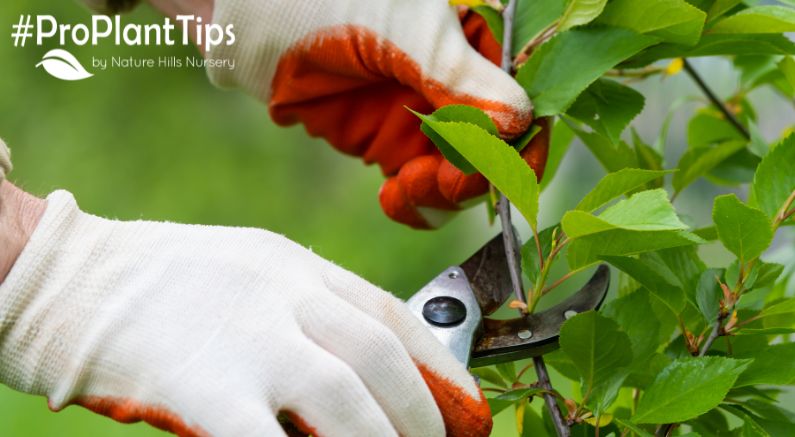For those of us growing Trees for their fruit are starting to see their flowers become mouthwatering treats at this time, so the thought of removing a single morsel from our tree before it’s ripe and ready seems appalling!
But Thinning Fruit is a necessary part of caring for your Fruit Tree!
Benefits of Thinning Fruit
Thinning is an art form that helps your Apples, stone fruits, and other tree crops for a wide range of reasons:

- Avoid diseases
- Increase fruit size by directing energy to less fruit
- Better harvests
- Improve the color of your fruit
- Increase sugar and nutrient content in your fruit
- Decrease stress on your tree
- Prevent branches from breaking or being damaged by a heavy crop
Fruit trees have good years and bad years, depending on the weather and many other factors. But occasionally, they can have 'Mast Years' producing a bumper crop of fruit! While it may be enticing to see your tree laden with developing gems, it is a necessary evil, like pruning fruit trees, that you remove some of their burdens.
Here's what you'll learn in this Video:
- How to space the fruit on the limb
- How to properly pull immature fruit during thinning
Watch the video below to learn the art of fruit thinning by one of America's premier fruit experts, Ed Laivo.
What can you do with all that immature fruit you’ve removed? Around the world, many cultures pickle, ferment, or prepare immature fruit for eating as a vegetable, snack, or condiment. You can even use them in floral design and garnish.
Many livestock can eat the immature fruit too, or it can be tossed into your compost bin. Never leave these thinned fruit on the ground to rot, and rake up any other fallen fruit before and after your harvest to keep the area as clean and sanitary as possible.
Homesteaders, urban agriculturalists, and homeowners - enjoy the fruits of your labor!
Happy Planting!


